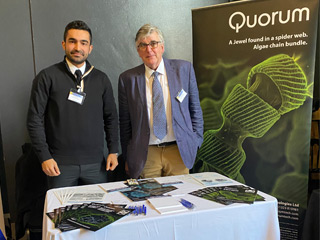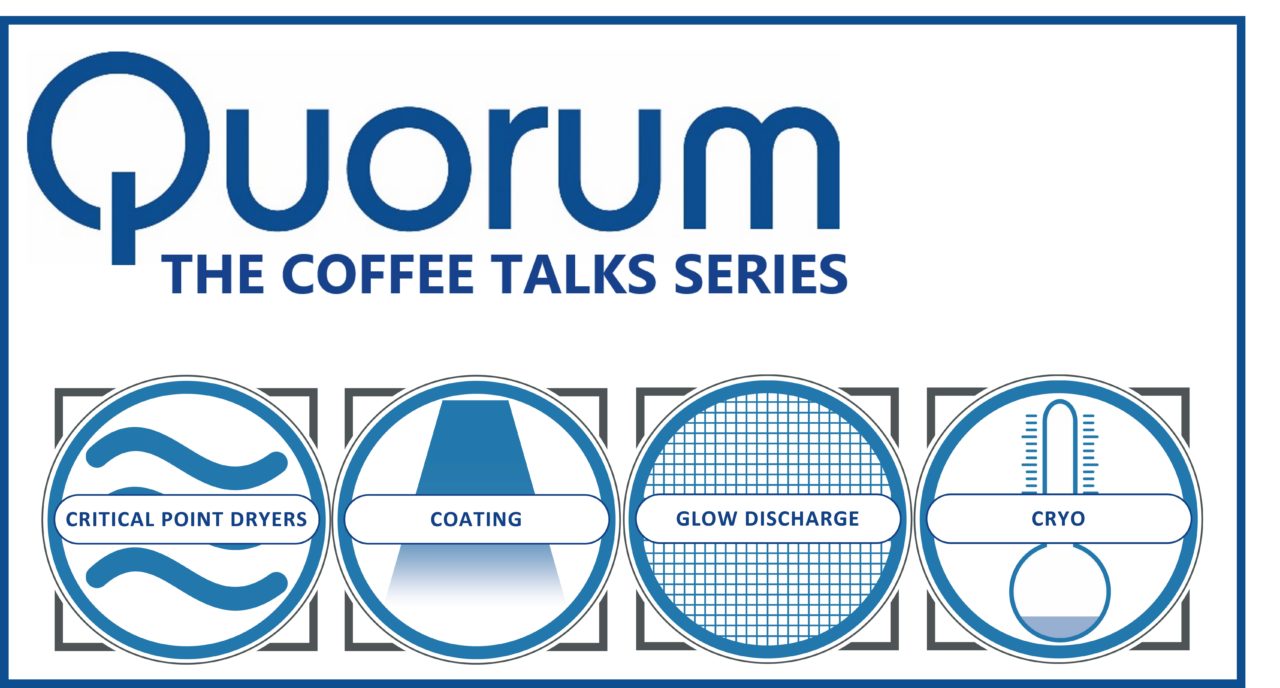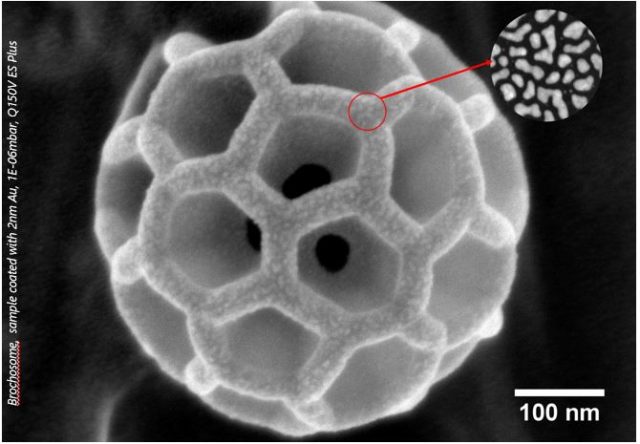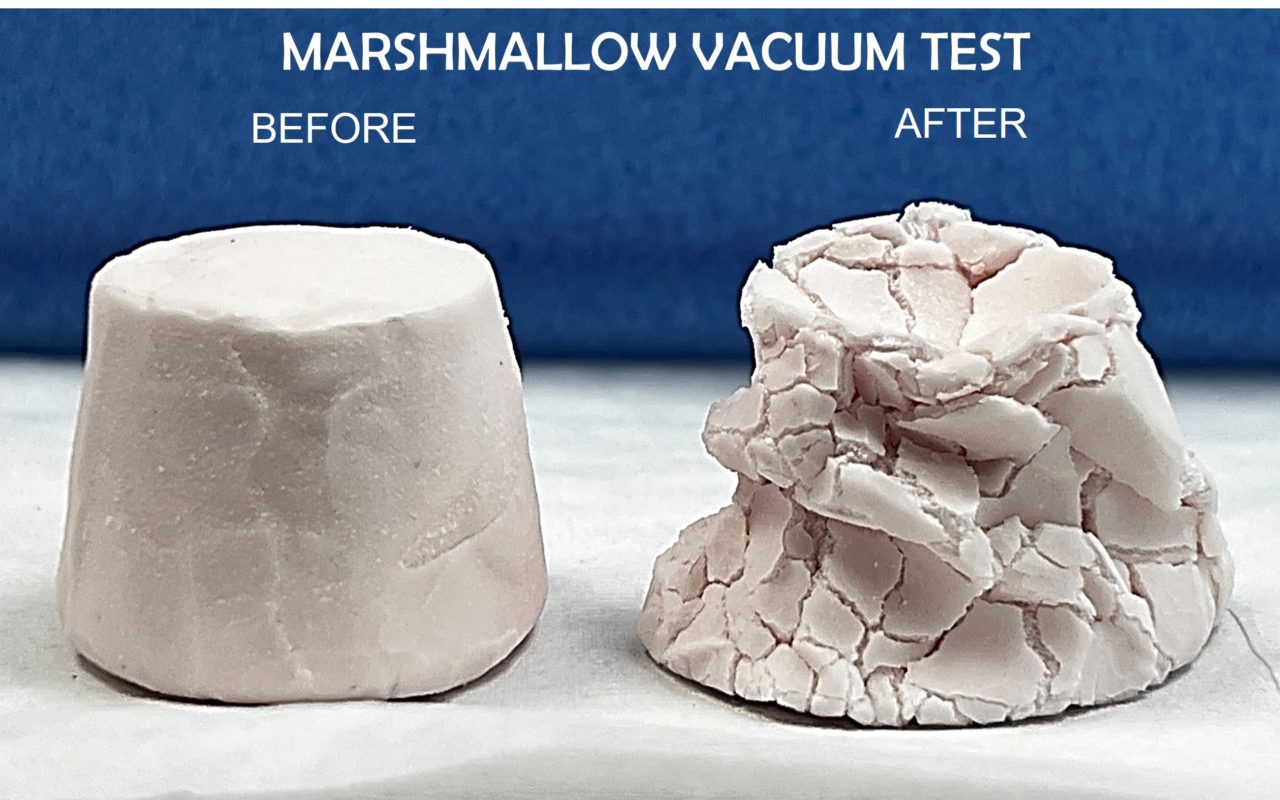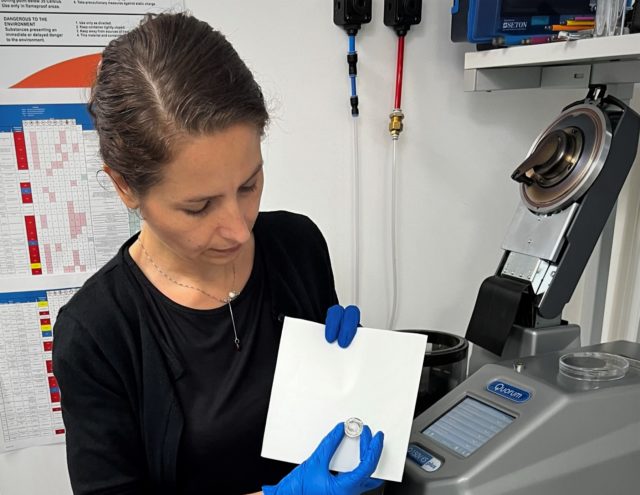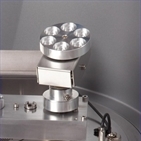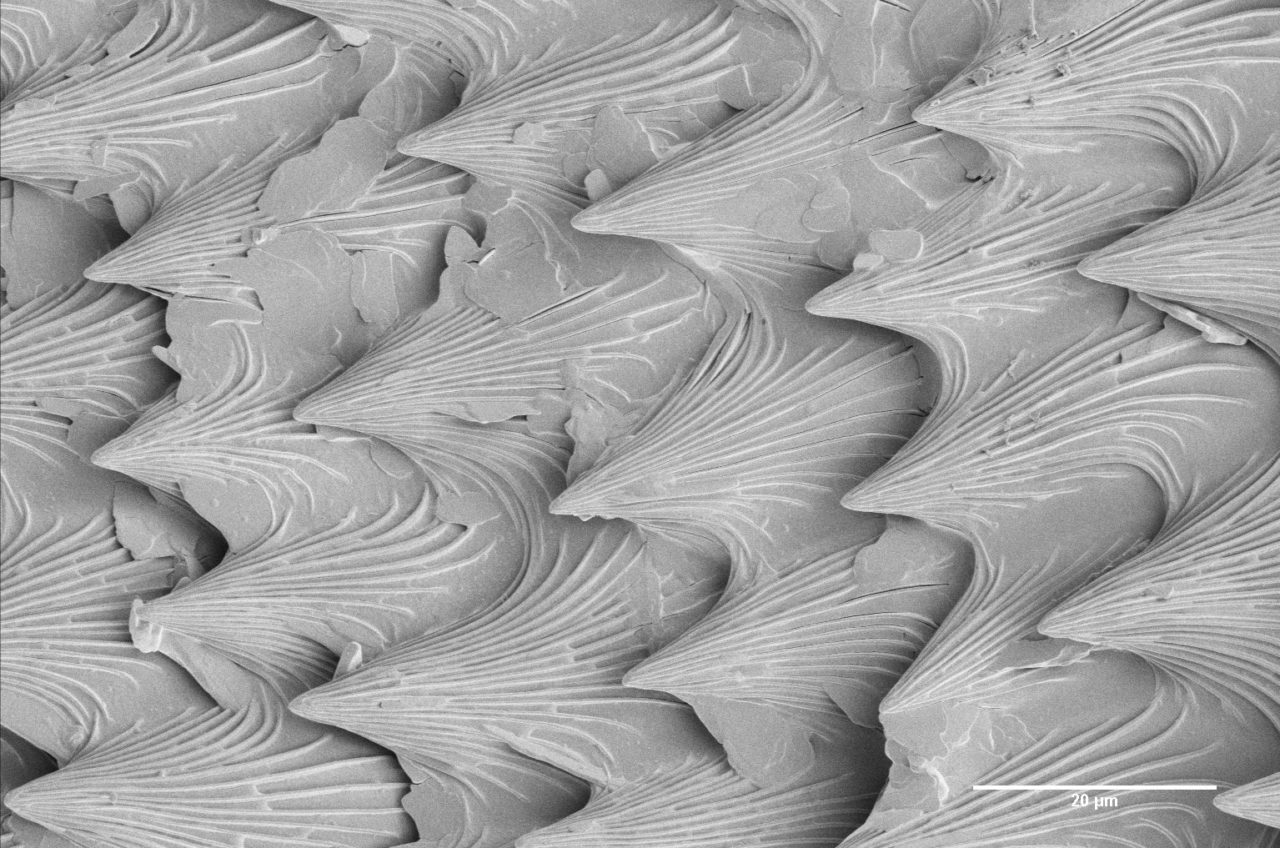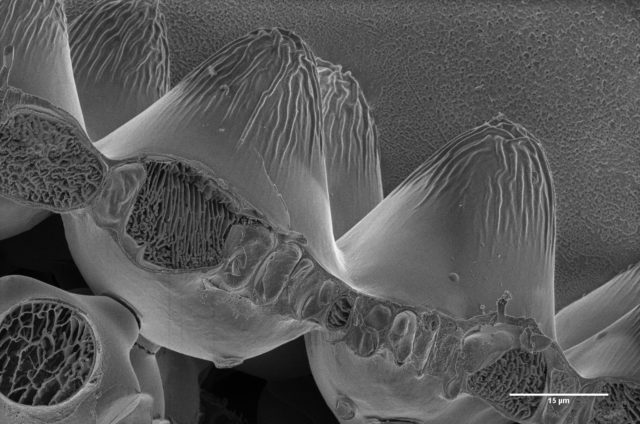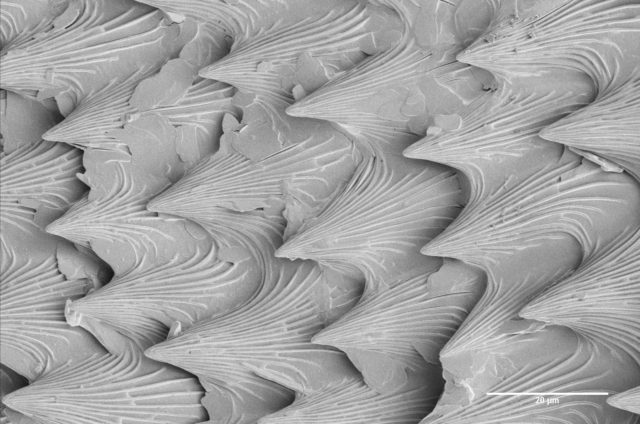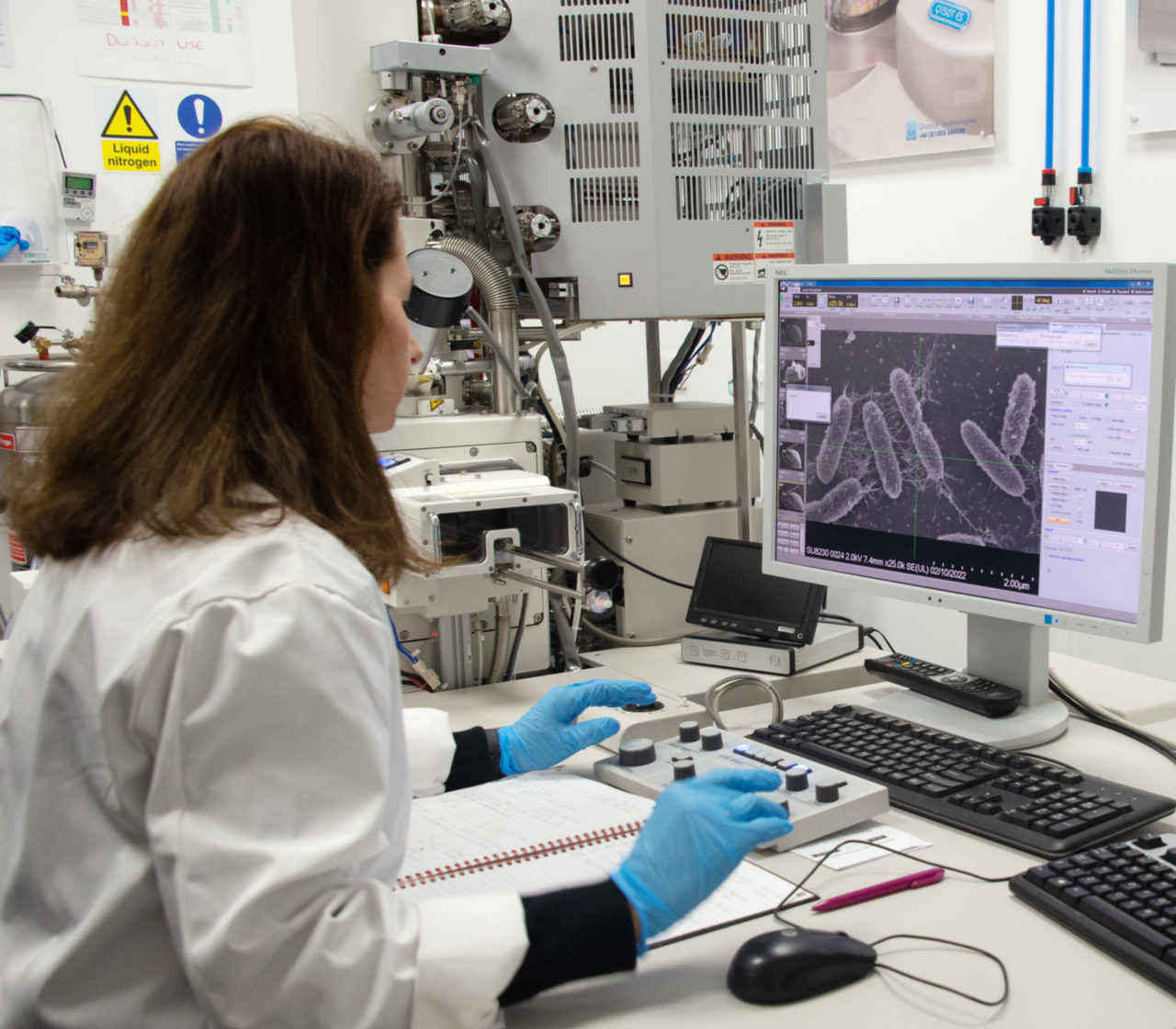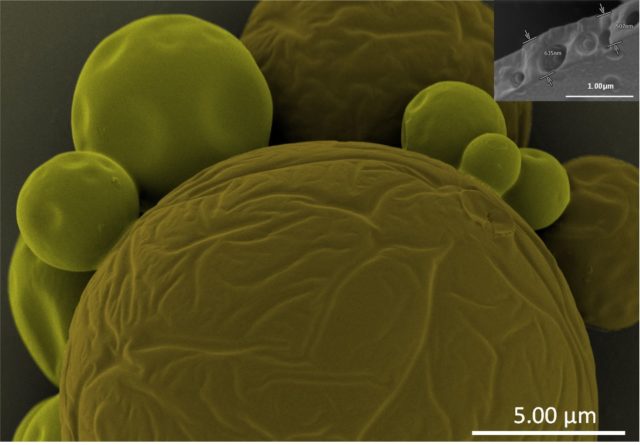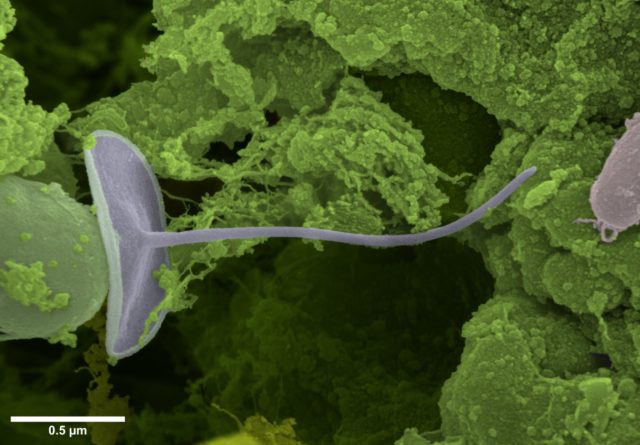Stuart discusses his role in the School of Chemical and Process Engineering ‘Our goal as a unit is to perform world leading research. This is only possible by having cutting edge equipment supported by experts in the field.’
Stuart says ‘As we are a user facility that services the whole university and external universities, our current work varies significantly from day to day. We are currently working on cryo serial sectioning on self-assembling peptide & chondroitin sulphate hydrogels which aid cartilage growth in knee joints, which is a collaboration between biological engineering and mechanical engineering here at Leeds.
Quorum first installed a PP3010 at Leeds Uni in April 2017, and we have successfully partnered with them across multiple projects. Stuart says of the Quorum equipment ‘Our Quorum PP3010 is currently the only cryo-SEM equipment in the university, so it is a key part of the research performed. It is reliable, easy to use and is stable enough to perform not only high-resolution imaging but also FIB cutting. We have specifically requested the Quorum P3010 to be installed on our new system with will be delivered at the end of the year. We also have a Quorum carbon coater which is extensively used for high-resolution coating of SEM and TEM samples.
We asked Stuart what the main benefits of the PP3010 cryo-prep system, ‘The main advantage of the quorum system is flexibility. It’s very convenient to be able to fracture, sublime and coat in the same system, and to be able to sublime before quickly checking if the features of interest are revealed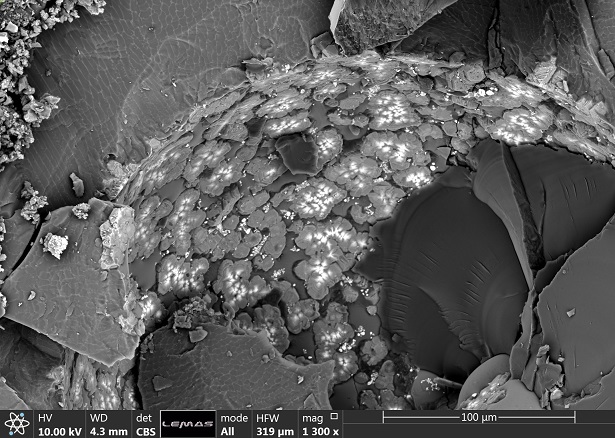 then continue to sublime if not. The resolution of the SEM doesn’t seem to be affected by the cryo system, as it is quite important to obtain good quality, high resolution images.
then continue to sublime if not. The resolution of the SEM doesn’t seem to be affected by the cryo system, as it is quite important to obtain good quality, high resolution images.
We wanted to share some of these images with you from this exciting project, and we look forward to helping many more customers with these systems in the future (images supplied by Leeds University).
We have linked a couple of the projects relating to the images below.
Lead sulfide scaling in multiphase systems and co-precipitation in the presence of calcium carbonate – ScienceDirect


